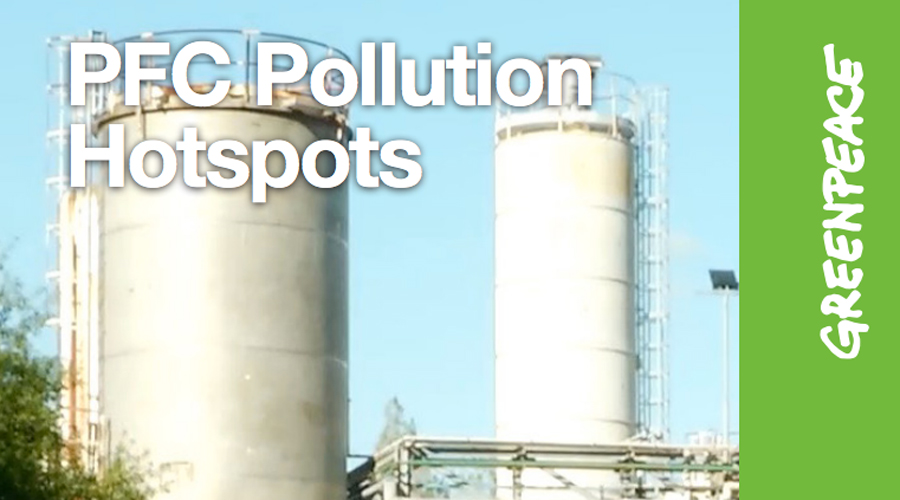Environmental watchdog Greenpeace released a report November 15 identifying numerous locations around the world as global pollution hotspots of polyfluorinated chemicals (PFCs), including PFOAs and PFOSs, widely used by industries, including active lifestyle brands, to resist water and stains.
While the chemicals, which linger in the environment with potential health risks, are likely spread most by the production and use of stain-resistant carpets and non-stick pans, the outdoor industry also employs PFCs in the making of durable water repellents (DWR) for most of its water-resistant and waterproof gear.
Over the past few years, active lifestyle brands are shifting to so-called shorter-chain chemistry to reduce the potential negative effects, but Greenpeace has called upon the industry to get rid of the chemicals entirely by 2020. And while most developed countries like the U.S. and Europe are moving to ban the longer-chain chemistry, the organization points out that its use is still legal in China.
It’s four PFC pollution hotspots largely center around where companies manufacture the chemical, including the Mid-Ohio Valley in the United States, around Dordrecht in the Netherlands, the Veneto region in Italy and in Shandong Province, China.
“A global ban on PFOS and increasing restrictions on PFOA mean their manufacture in the USA and Europe has now been stopped, although the manufacture of other PFCs, which are also potentially problematic, continues,” Greenpeace said in the report. “However, global production of PFOA to make PTFE (Teflon) has now shifted to China, where the same pattern of pollution is now being replicated.”
Photo courtesy Greenpeace















